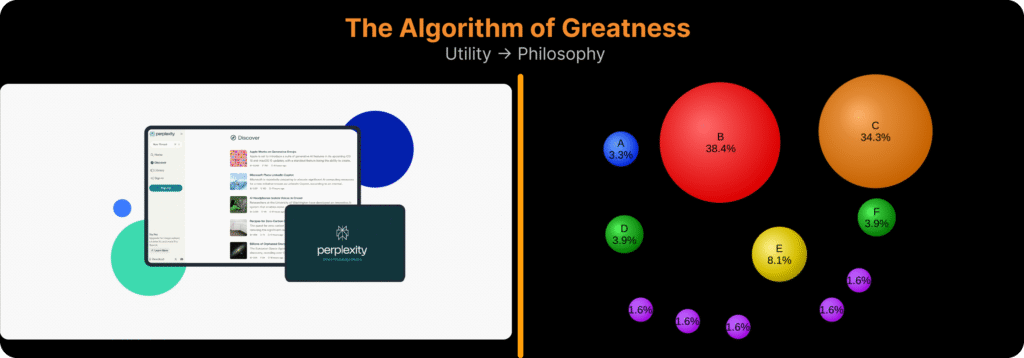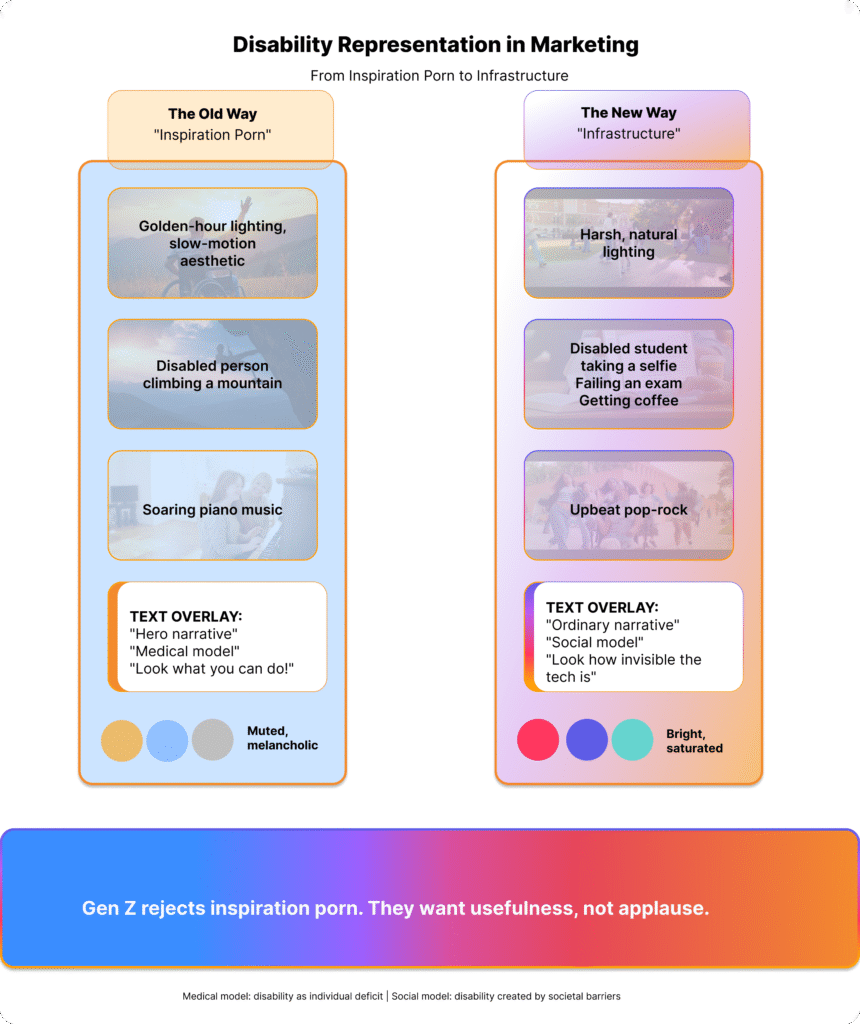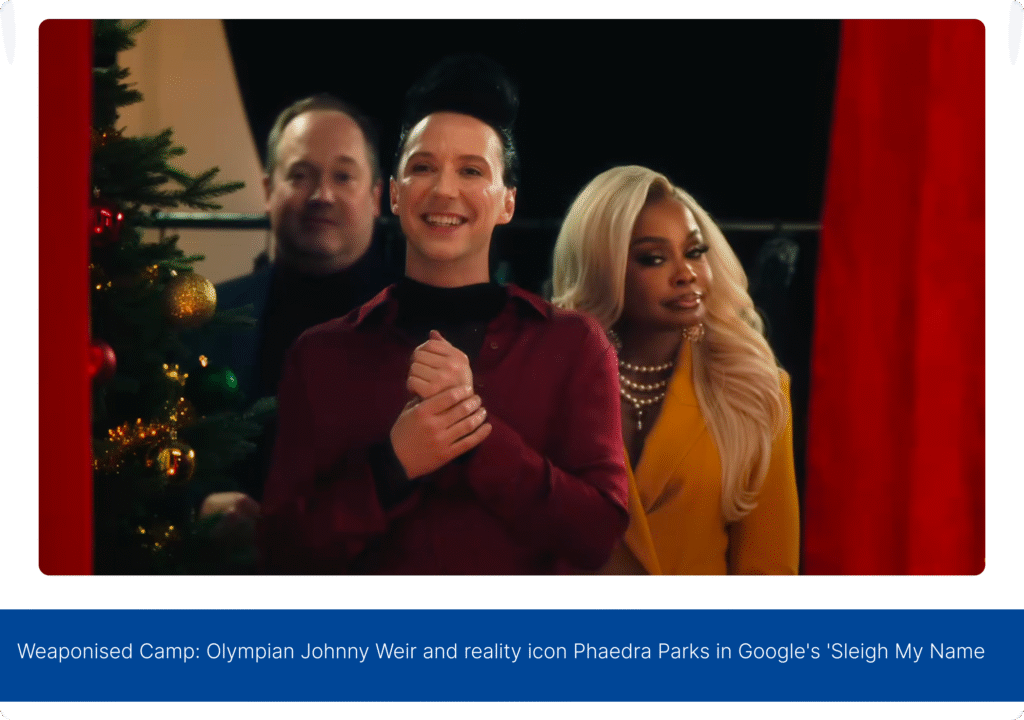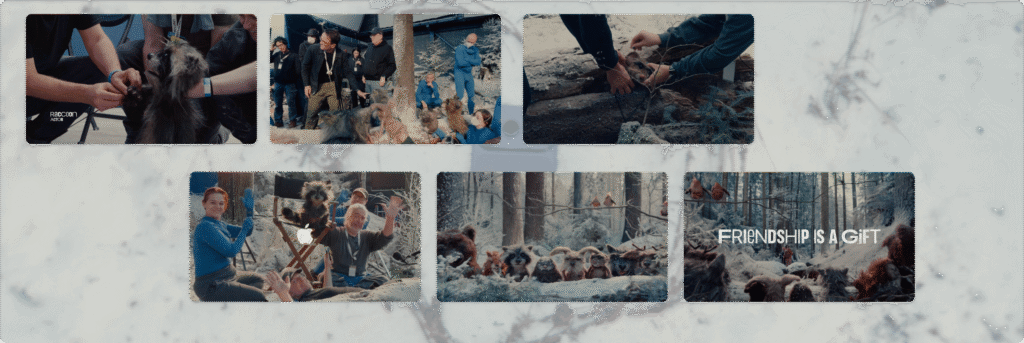When Testimonials Dress Up as Truth: What OpenAI’s ‘Real People’ Videos Reveal About Marketing in 2025
OpenAI’s latest “documentary” videos aren’t just slick testimonials—they’re a masterclass in the “Authenticity Paradox.” By erasing decades of digital struggle to sell a seamless AI future, these films reveal a dangerous new marketing trend: the weaponisation of documentary aesthetics. Here’s why polished realism is killing consumer trust and what smart marketers should do instead.










